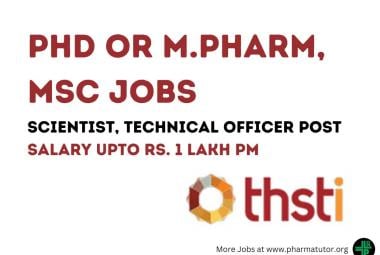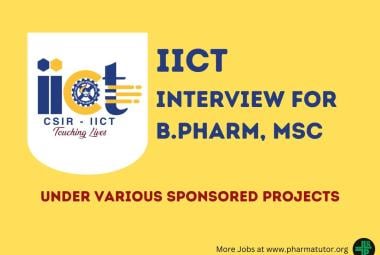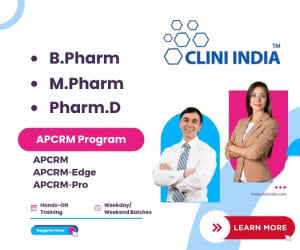BIOTECHNOLOGY FOR A BETTER WORLD
{ DOWNLOAD AS PDF }
 ABOUT AUTHORS:
ABOUT AUTHORS:
Nirav.R. Soni
M.Pharm, A-One Pharmacy College,
Anasan, Ahmedabad-382330, India
nirav_sonic@yahoo.com
ABSTRACT:
Pharmaceutical Biotechnology is not a source of energy, but a scientific method that provides tools to produce energy based entirely on modern biotechnological techniques, as to date encompass a wider range of altogether newer medicinal compounds, e.g., antibiotics, vaccines development and monoclonal antibodies (MABs) that may now be produced commercially using well-defined, optimized and improved fermentative methodologies. In fact, genetic engineering has brought in a sea change by virtue of the directed construction of microorganisms resulting in a plethora of newer life-saving drugs. Focus on a variety of Research areas including health/medicine, food science, environmental science and agri- science and also bioenergy development.



 About Authors:
About Authors:  About Authors:
About Authors:  ABOUT AUTHORS:
ABOUT AUTHORS:  About Authors:
About Authors:  ABOUT AUTHORS:
ABOUT AUTHORS: About Authors:
About Authors:







.png)

